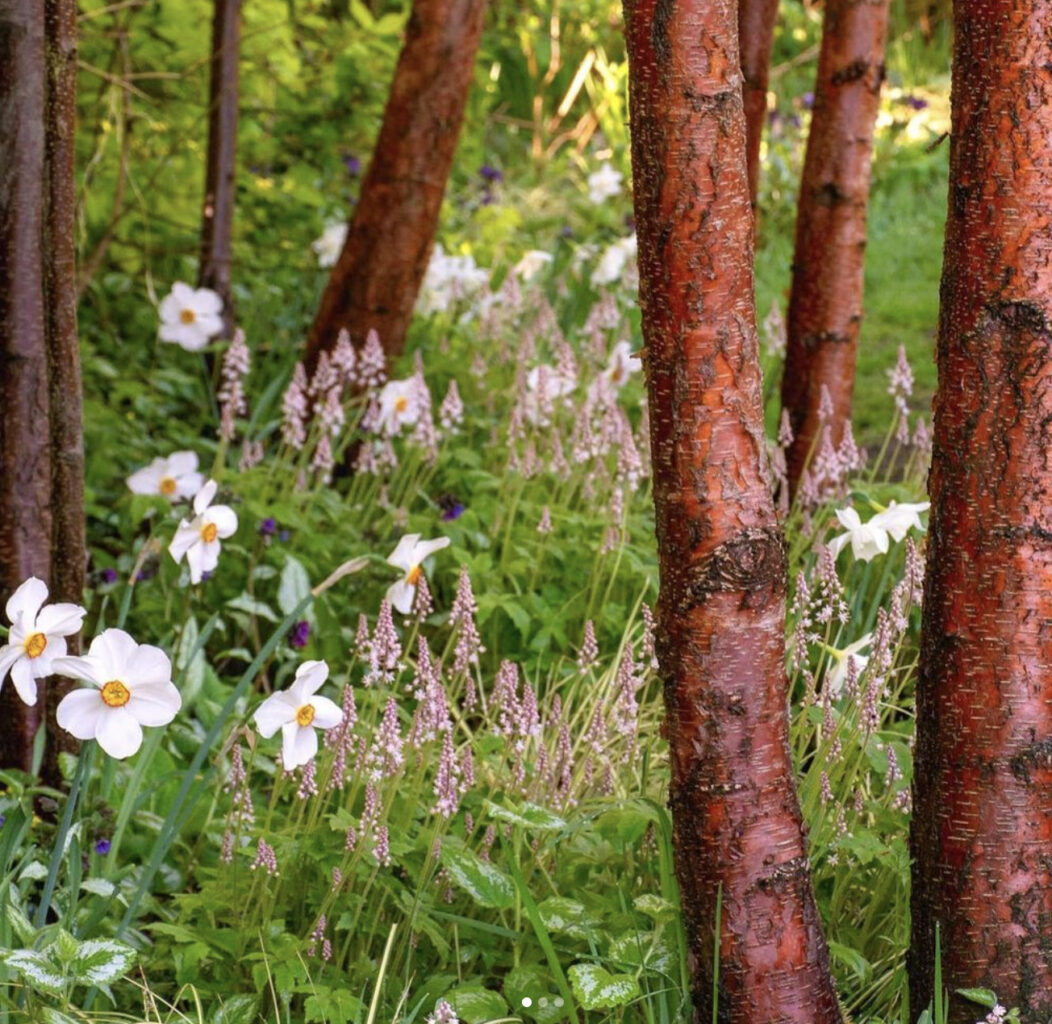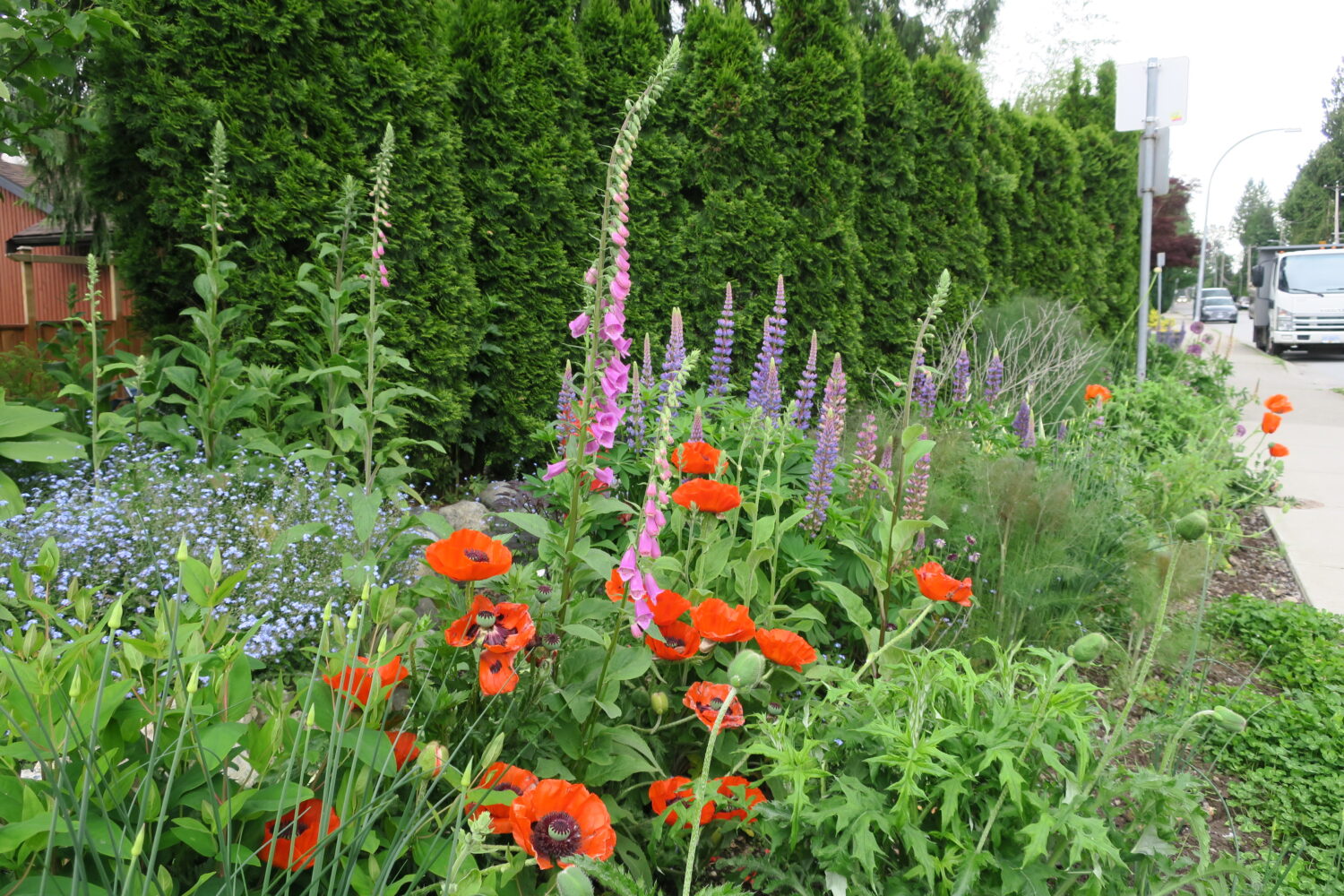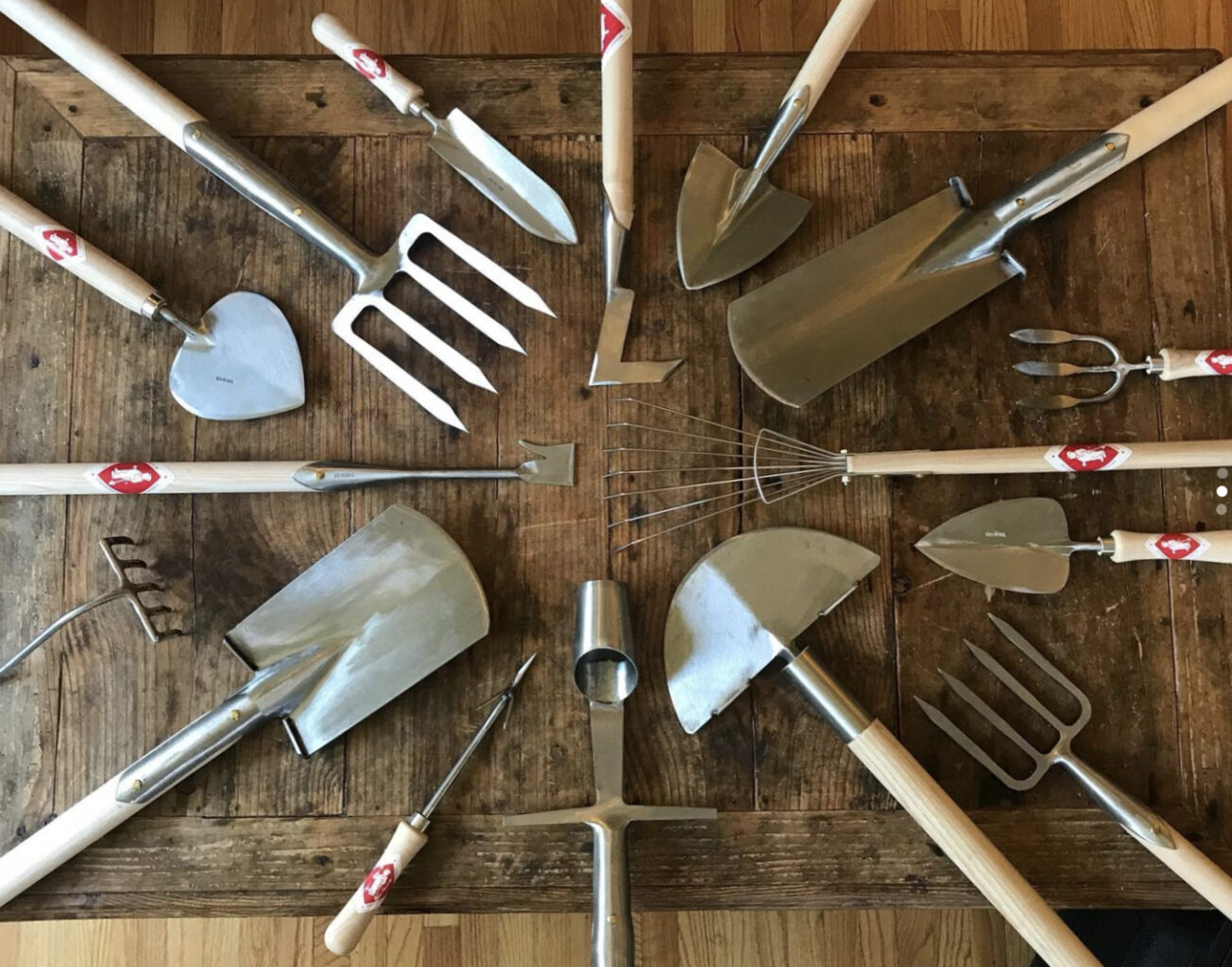Stellata Plants: A Passion for Annuals
Mar 7, 2021
One of my passions since childhood has been growing annual flowers. In part this is because I have always loved to cut and arrange flowers, but as my appreciation of gardening grew, I began to grow them just for themselves, for the joy and surprise they can bring to a garden. I especially love self-sowing annuals, and as a teenager would allow the family vegetable patch to become overrun with cosmos, calendula, malva, poppies, nigella, nicotiana, and cynoglossum. In my late 20s I decided to spend some time apprenticing in two English gardens, Great Dixter and Beth Chatto’s, which have very different approaches to integrating valued annuals into mixed plantings. Now that I run my own specialty plant nursery, Stellata Plants, I continue to trial new annuals every year and grow them for sale (alongside a wide selection of drought tolerant perennials). For this blog post, I thought I would share some of my favourites and new discoveries.
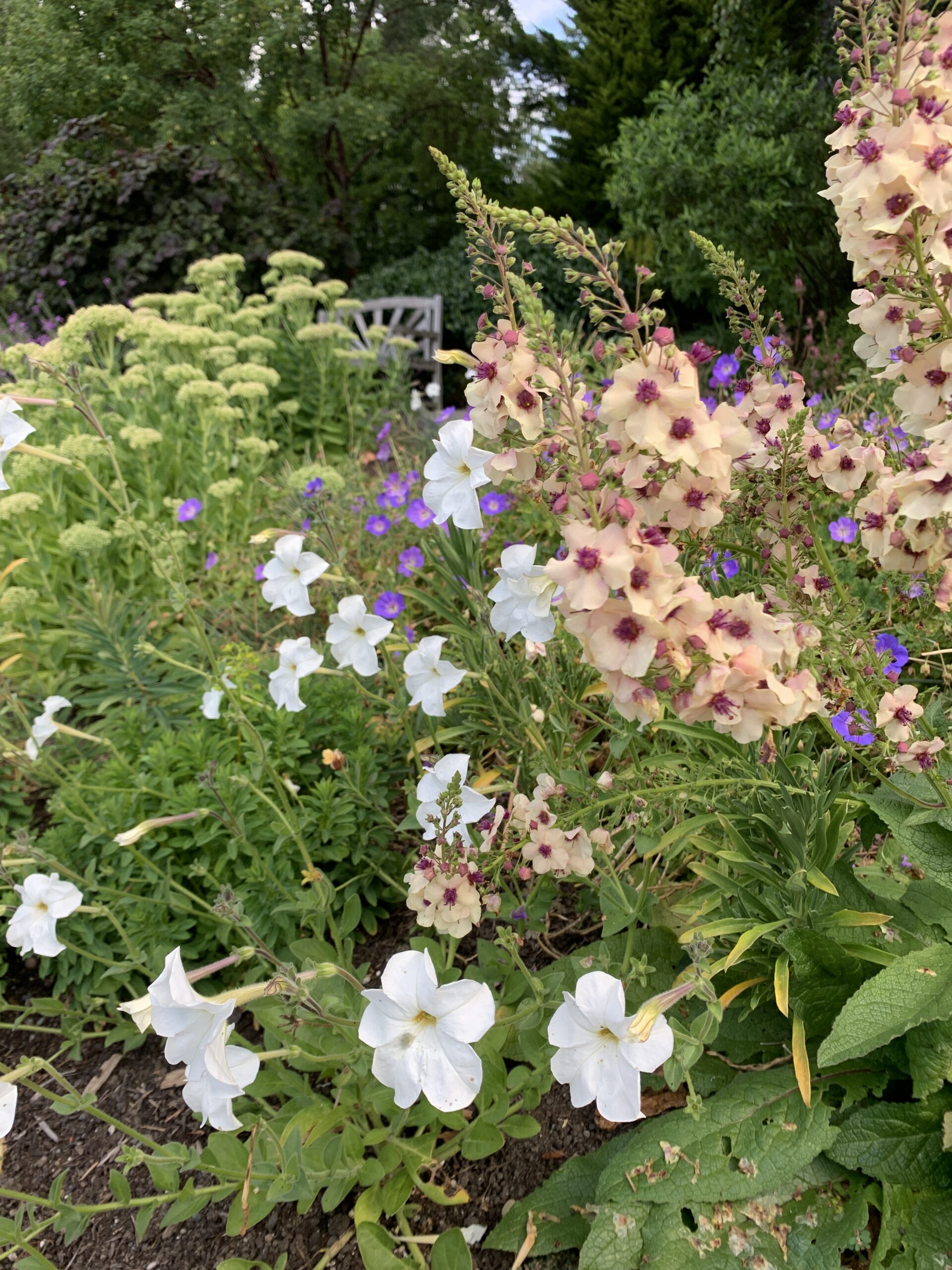
Petunia axillaris
I first saw species petunias growing at Malverleys, a beautiful private estate garden in the UK, and the head gardener, Mat Reese, kindly shared seeds with me. Species petunias like P. axillaris are much taller: with space they will form a loose mound a couple feet high, and if crowded amongst shrubs or taller plants they will scramble up and out. What I have since come to learn is how drought tolerant they are. I am inspired by designers and plantspeople in Uruguay and Argentina like Amalia Robredo, who use this petunia as one of their key plants in low water/no water plantings, along with airy Verbena bonariensis and other natives. This year I included P. axillaris in irrigated and unirrigated plantings to good effect, and have an affection for their strong evening scent and how long they last in the vase. Periodically deadhead to keep them looking their best. Sun, low water, height 60 cm.
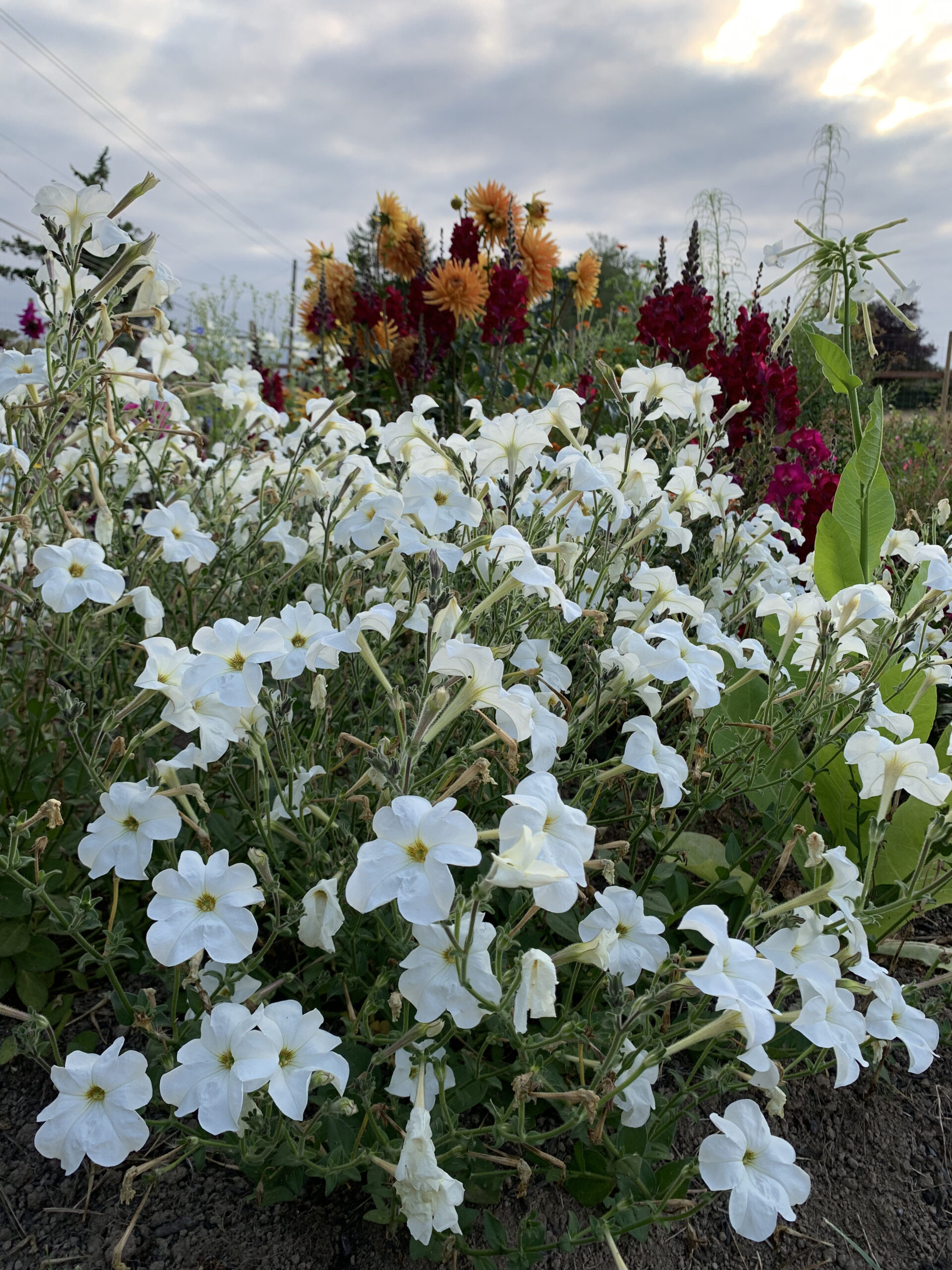
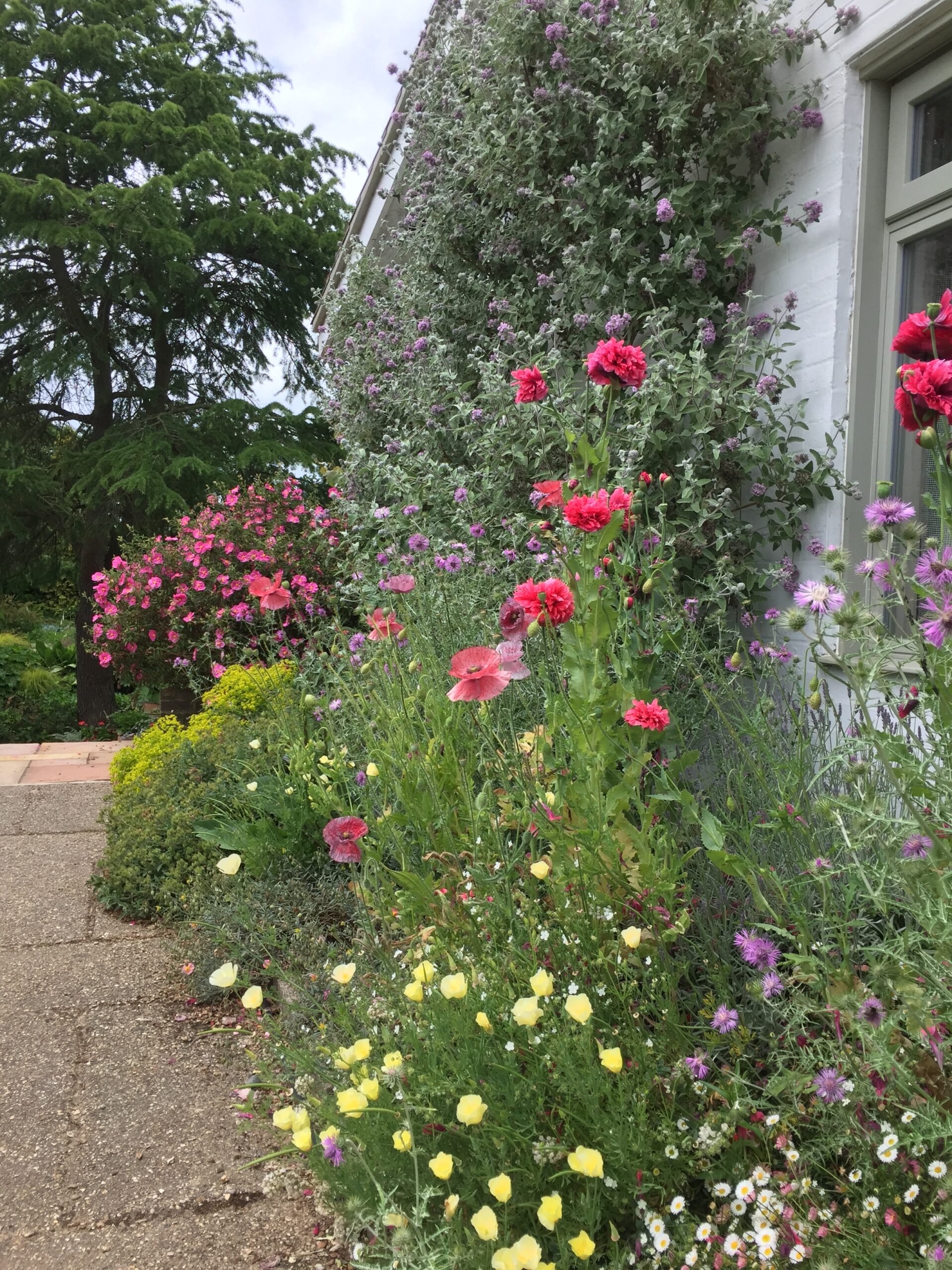
Eschscholzia californica ‘Alba’
This is one of the defining annuals at Beth Chatto’s. Allowed to self-sow, it fills in gaps in spring and early summer with gentle, creamy yellow and ferny green. Over summer it will die back but re-emerges as the days cool and autumn rains arrive. By all rights I shouldn’t include it on this list since it is actually a short-lived perennial for us in a well-drained position, but most people will probably treat it like an annual and be none the worse for it. This poppy just wants to please. It will self-sow but the seedlings are easy to remove. Sun, drought tolerant, height 30 cm.
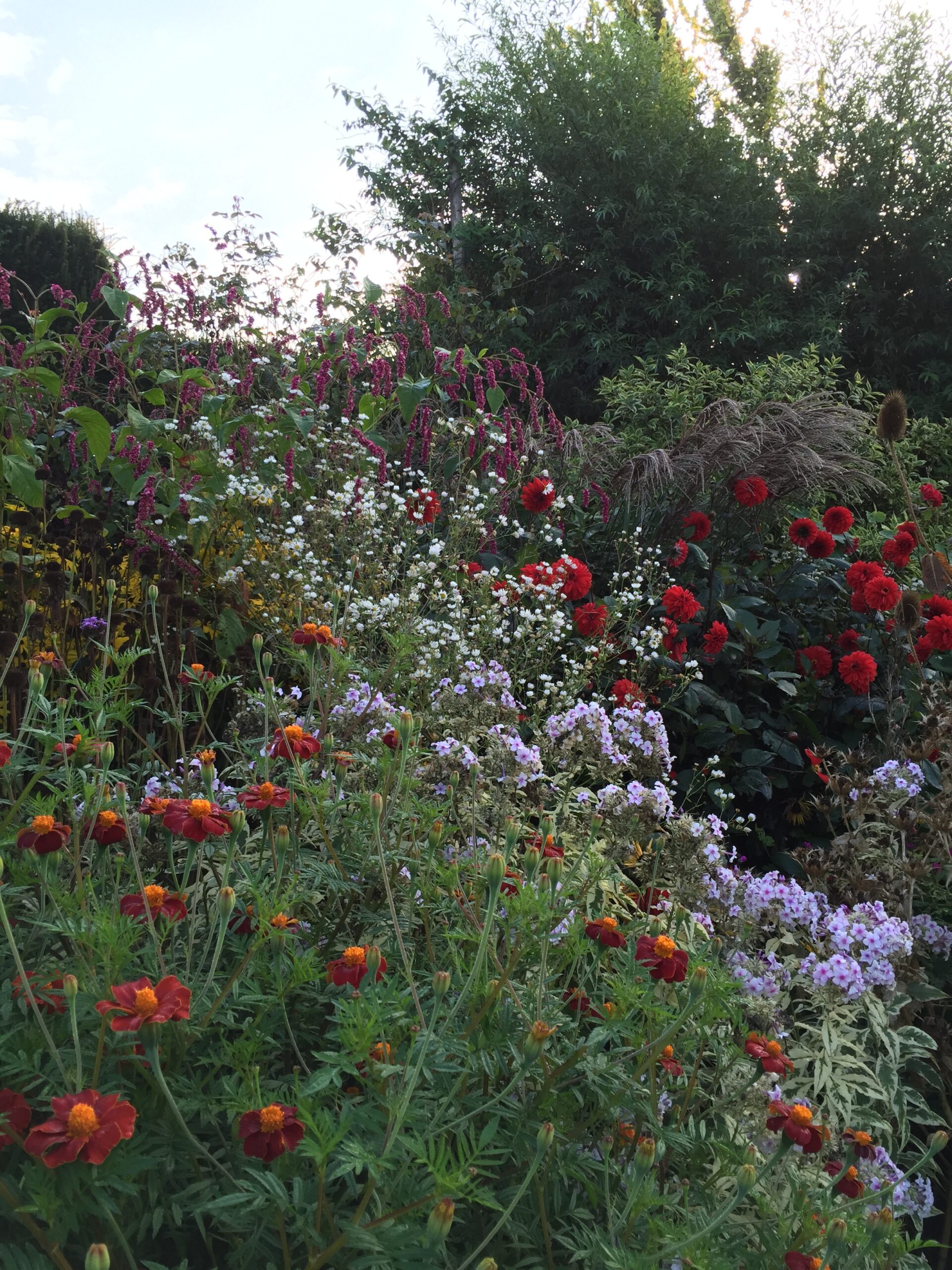
Tagetes ‘Cinnabar’
ho needs bedding marigolds when you can have luscious calendulas and this dramatic, tall marigold from Great Dixter which looks great in the border and the vase. At Dixter you’ll find it duking it out on the Long Border, but I prefer to use it as single plants woven amongst umbels and big foliage. Sun, height 90 cm.
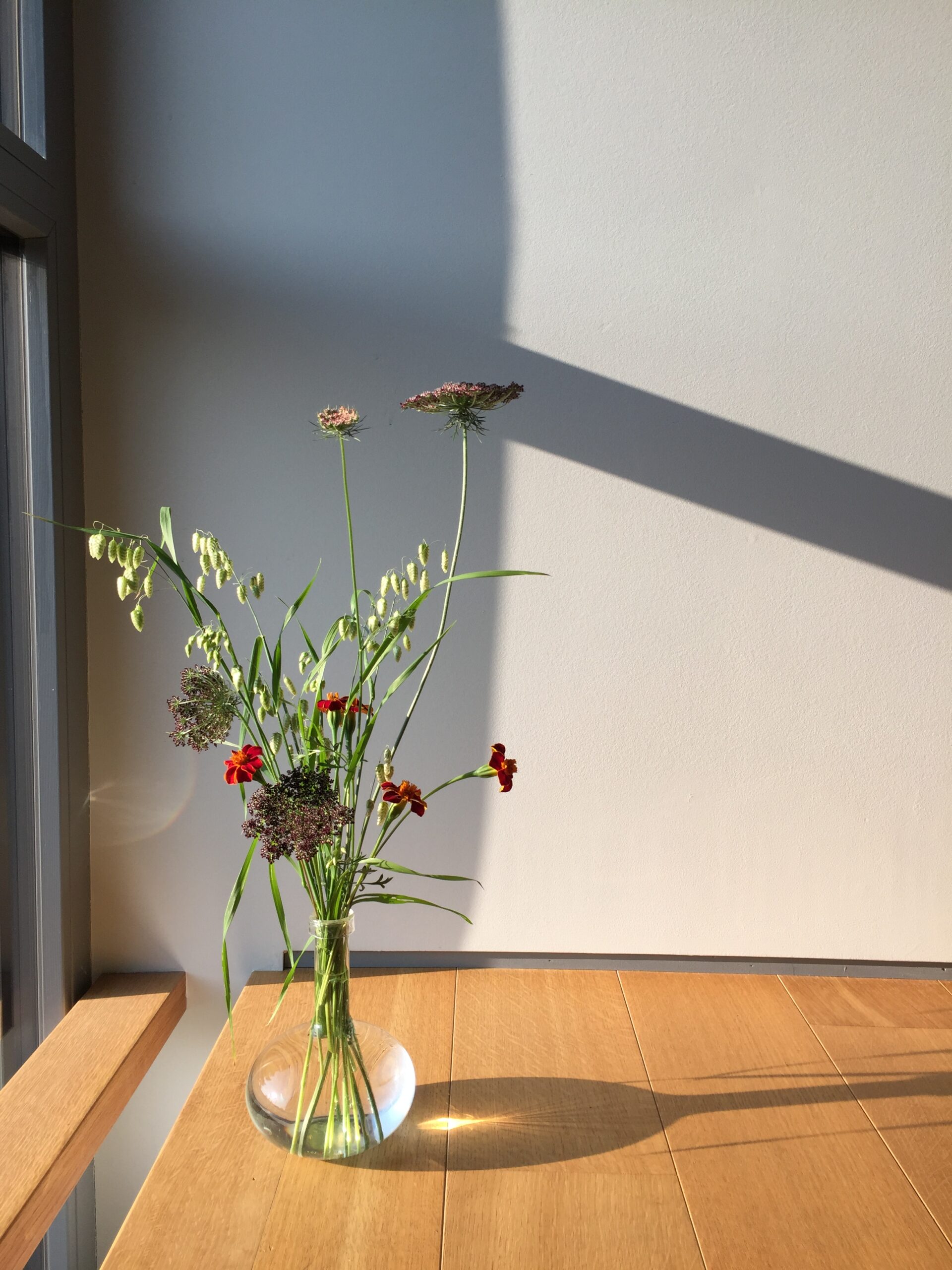
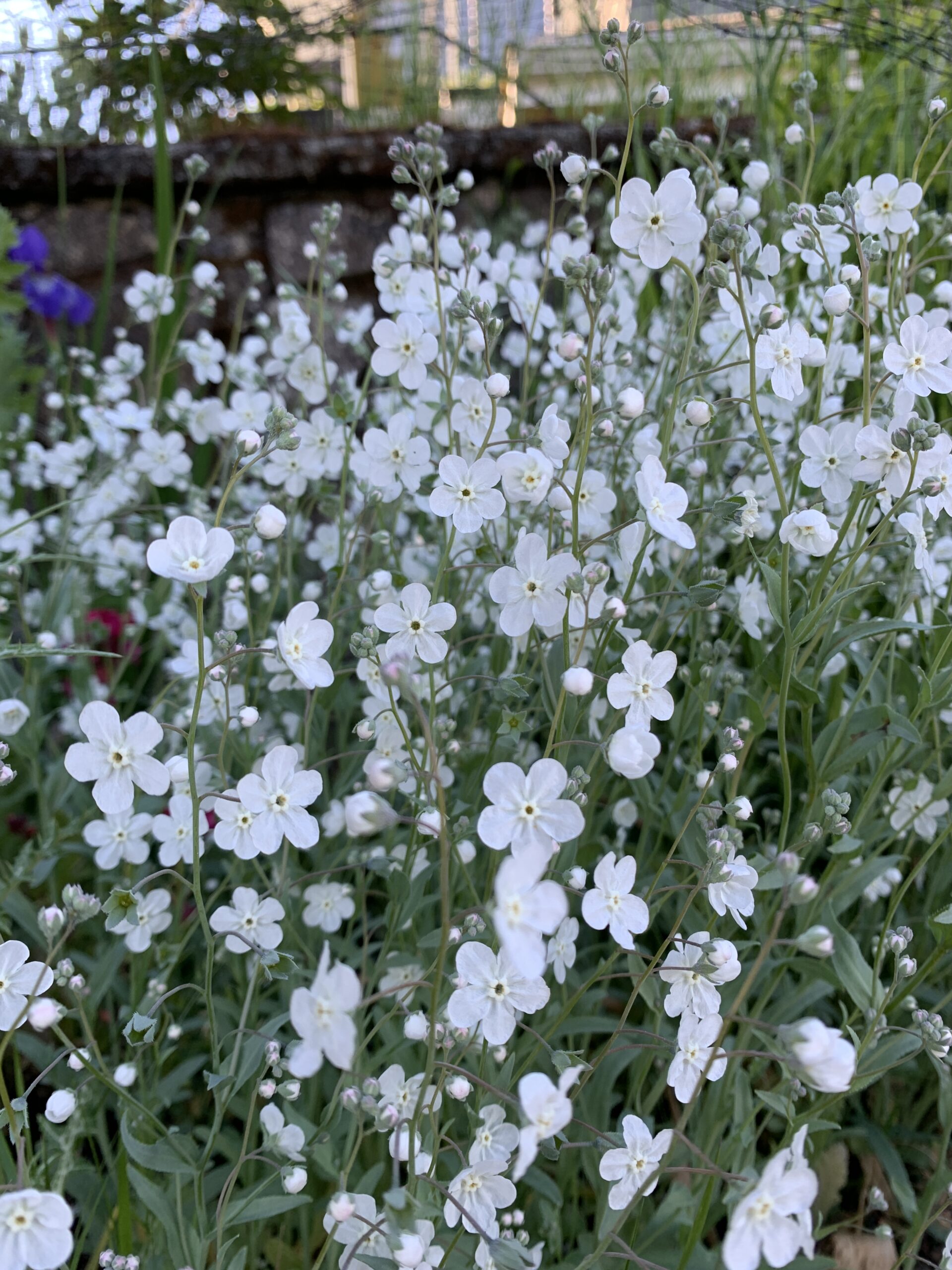
Omphalodes linifloia
One of my passions is hardy annuals, by which I mean the ones that often will germinate in fall and overwinter to begin flowering in spring. You can also start them inside or in a cold frame and plant them out before last frost, provided you have hardened them off. A favourite that I allow to self-sow where it pleases is Omphalodes linifolia. This Mediterranean annual puts on a beautiful show through late spring into early summer. Pure white, with silvery green foliage. Sun, well-drained, drought tolerant, height 30-40 cm.
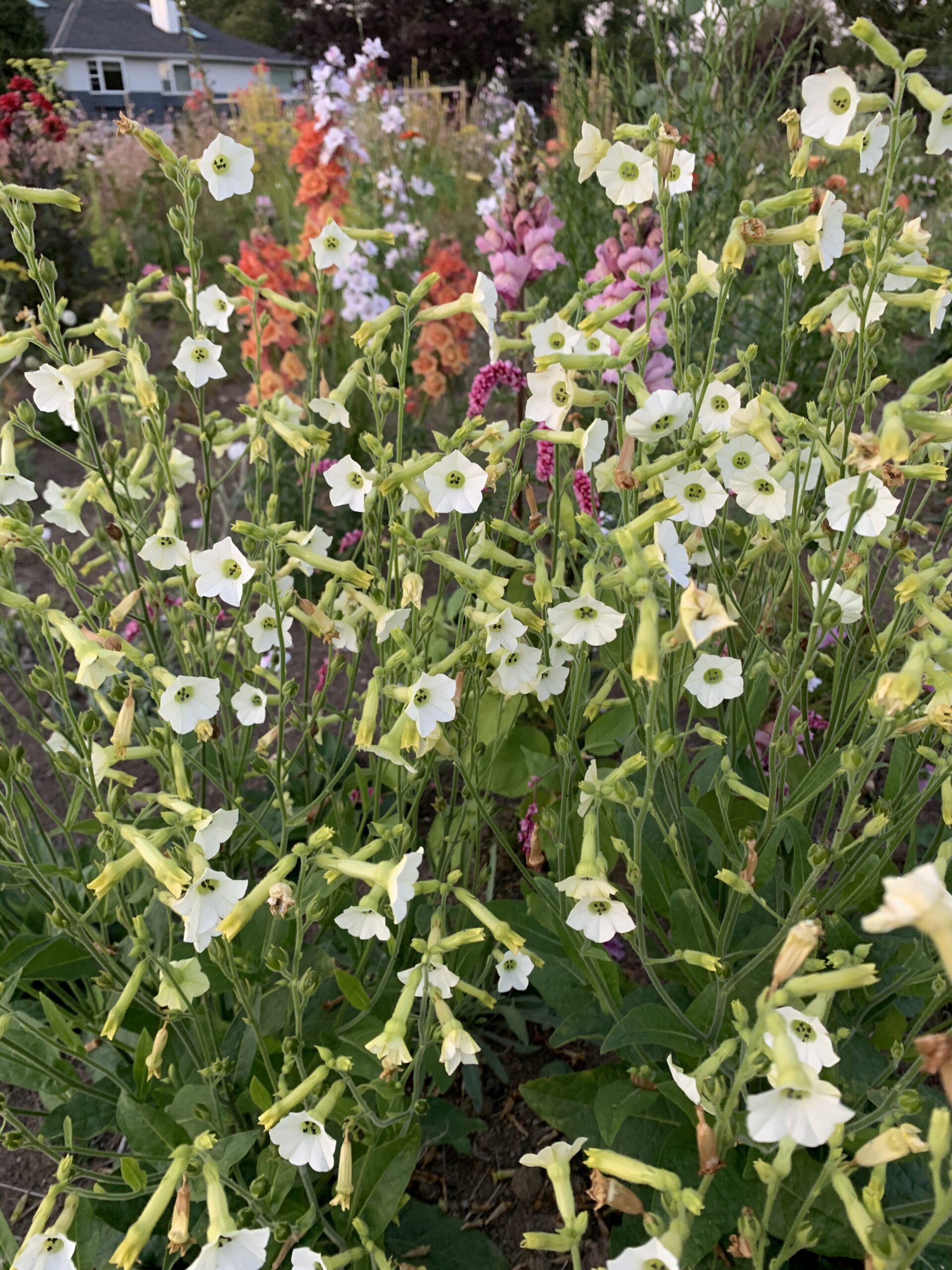
Nicotiana ‘Starlight Dancer’
Picking just one nicotiana is tough, because I wouldn’t want to be without N. mutabilis either, but ‘Starlight Dancer’ is a really good new introduction that flowers well and makes a great cut flower. Nicotiana are quite undemanding, needing little water and even tolerating partial shade. Their shade tolerance and architecture (low foliage and tall, thin flowering stalks) mean they mingle well with other perennials and annuals in the summer border. Deadhead them to keep them flowering for months, feeding hummingbirds and moths. With drainage and mild temperatures they might even survive the winter to start flowering again in late spring, but I never count on that and start them new or let them self-sow each year. Sun, height to 100 cm.
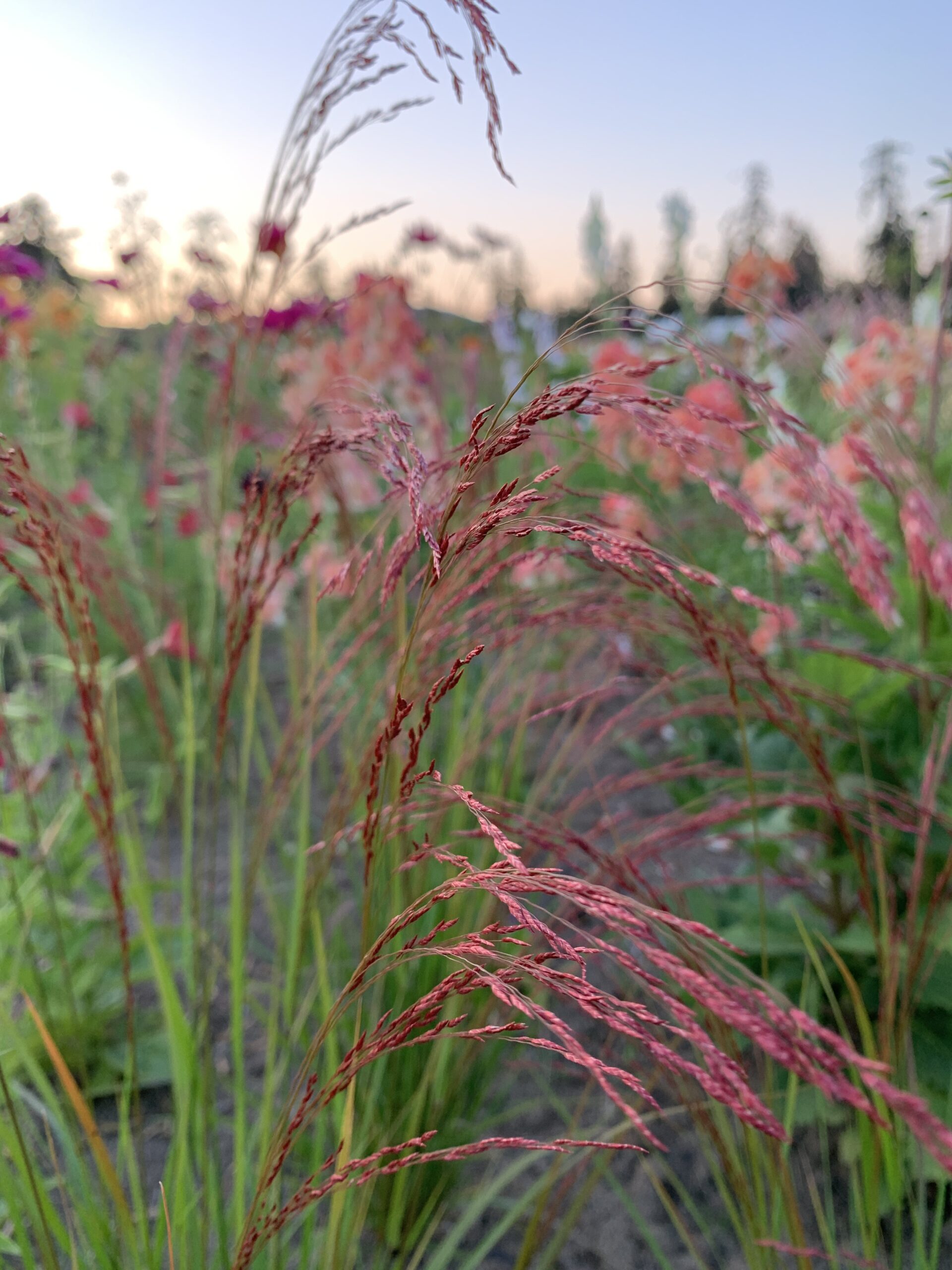

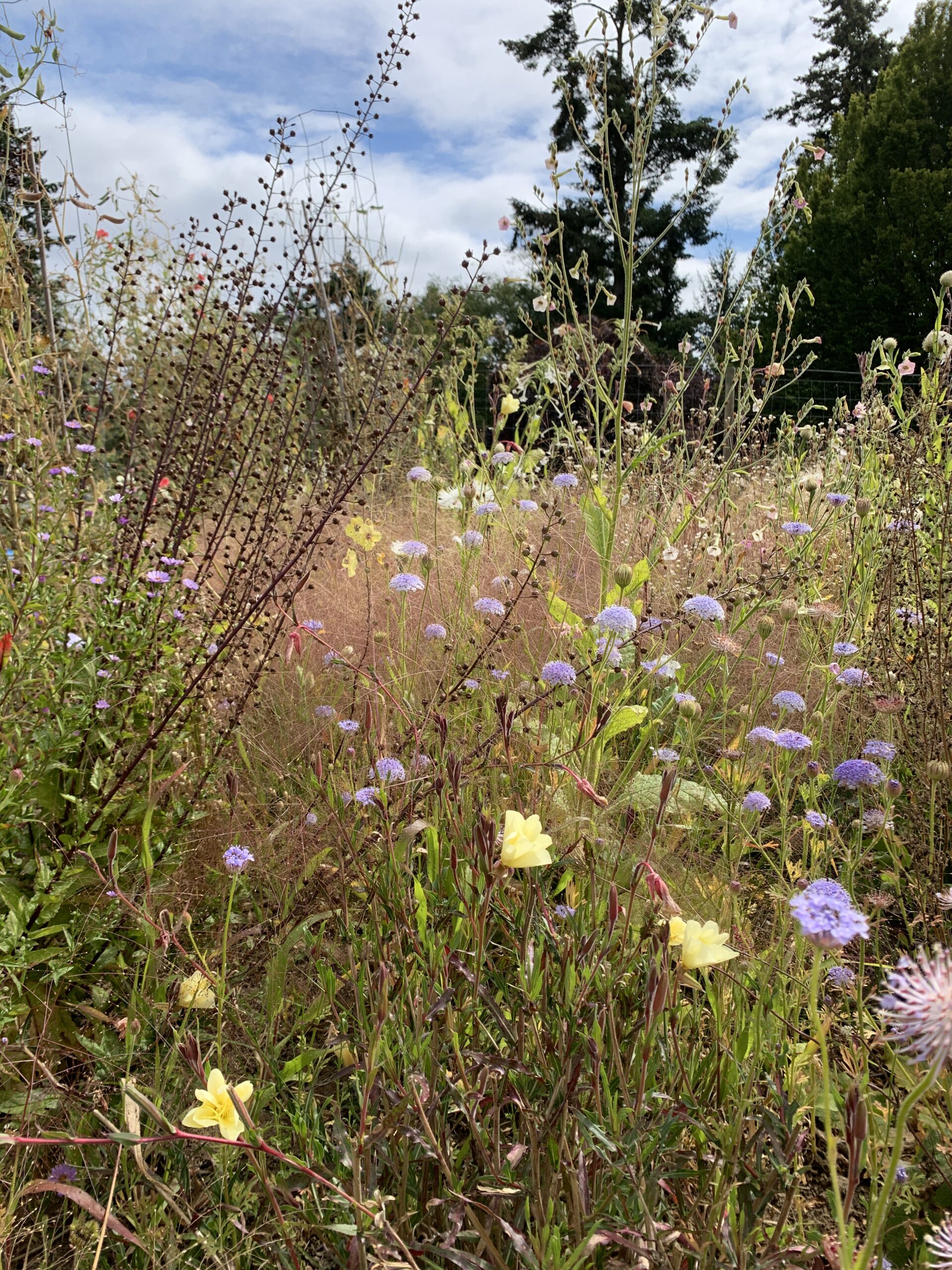
Eragrostis ‘Ruby Silk’, Setaria ‘Caramel Foxtail’ and Panicum elegans ‘Frosted Explosion’
Annual grasses are a fast way to add texture to your plantings. I like the rich colours and textures of Eragrostis ‘Ruby Silk’ and Setaria ‘Caramel Foxtail’ in the garden and for cut flower arrangements. And I let Panicum ‘Frosted Explosion’ form a self-sown meadow because I love its airy look in flower and as it dries. But there are lots of others to try like Lagurus ovatus and Briza maxima. Pretty much all of these will self-sow to some degree, with the exception of Eragrostis ‘Ruby Silk’, which I haven’t found self-sowing but grows easily from collected seeds. The setaria is an especially prolific seeder but the seedlings are easy to remove.
I’ll leave you with a few more photos from my trial plot in hopes that they may inspire you to try integrating some annuals into your own plantings! For more of my plant picks and to purchase plants to pick up (no mail order, sorry!), please visit my website: www.stellataplants.com
By Amy Sanderson, Stellata Plants
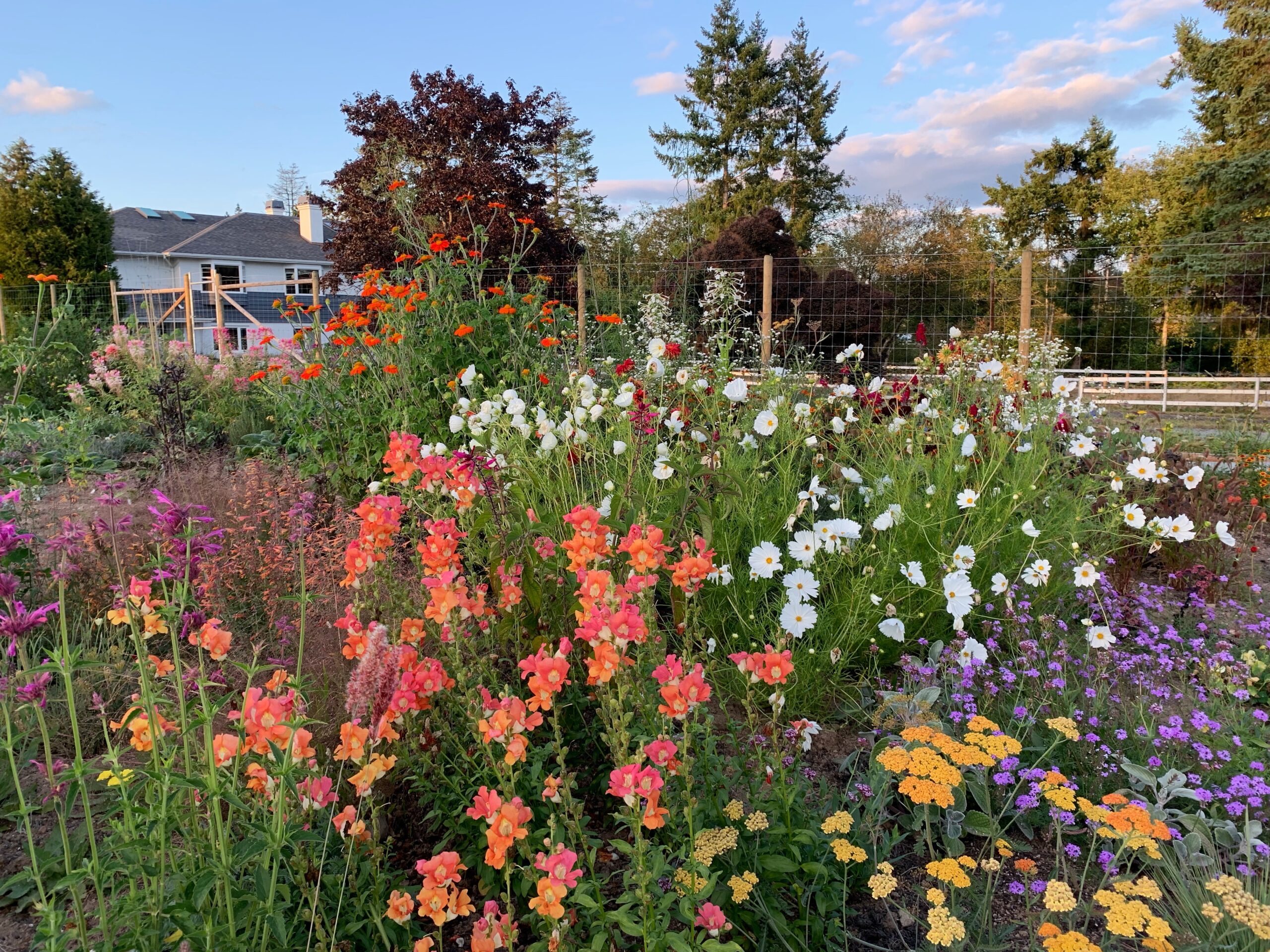
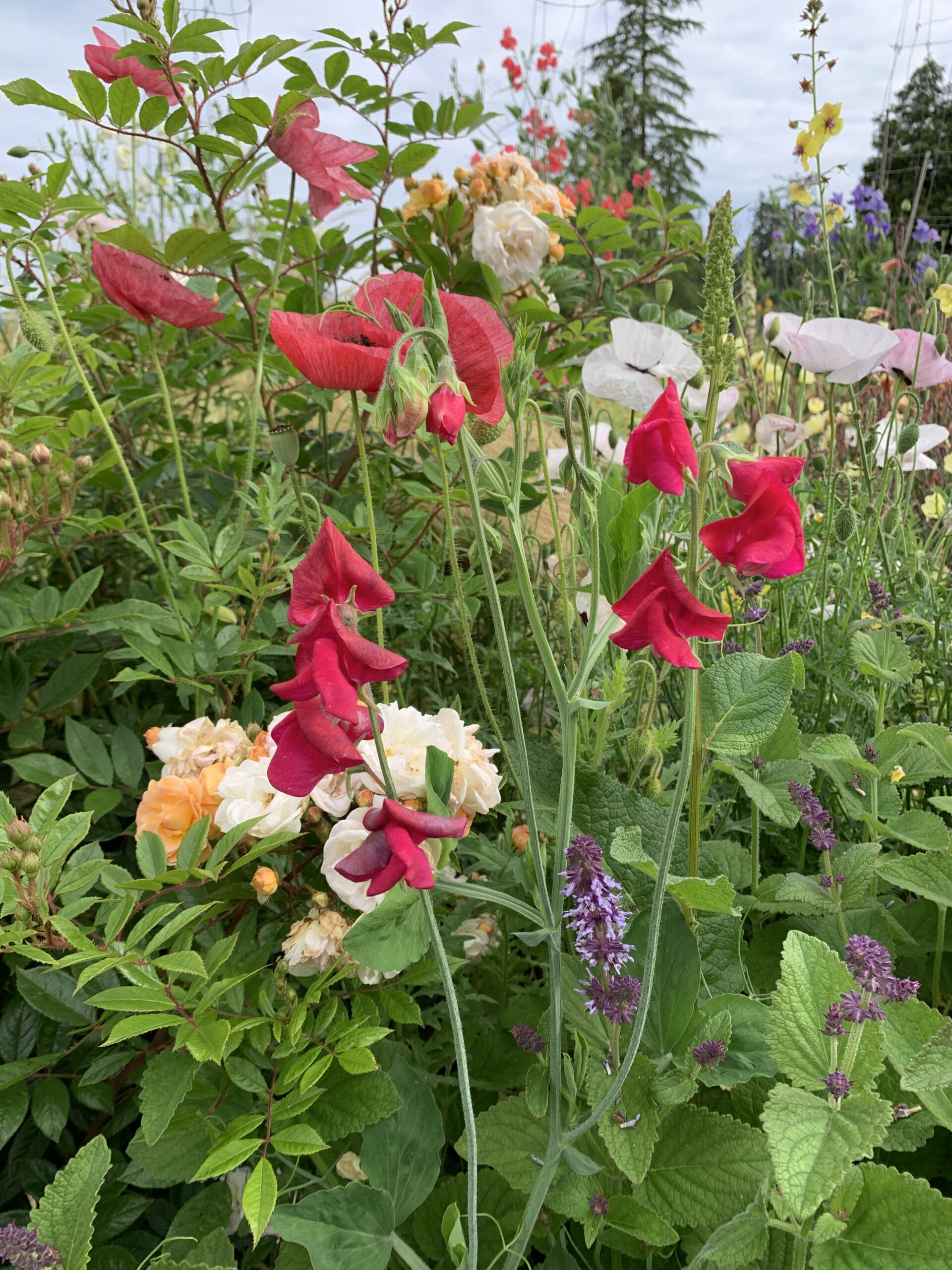
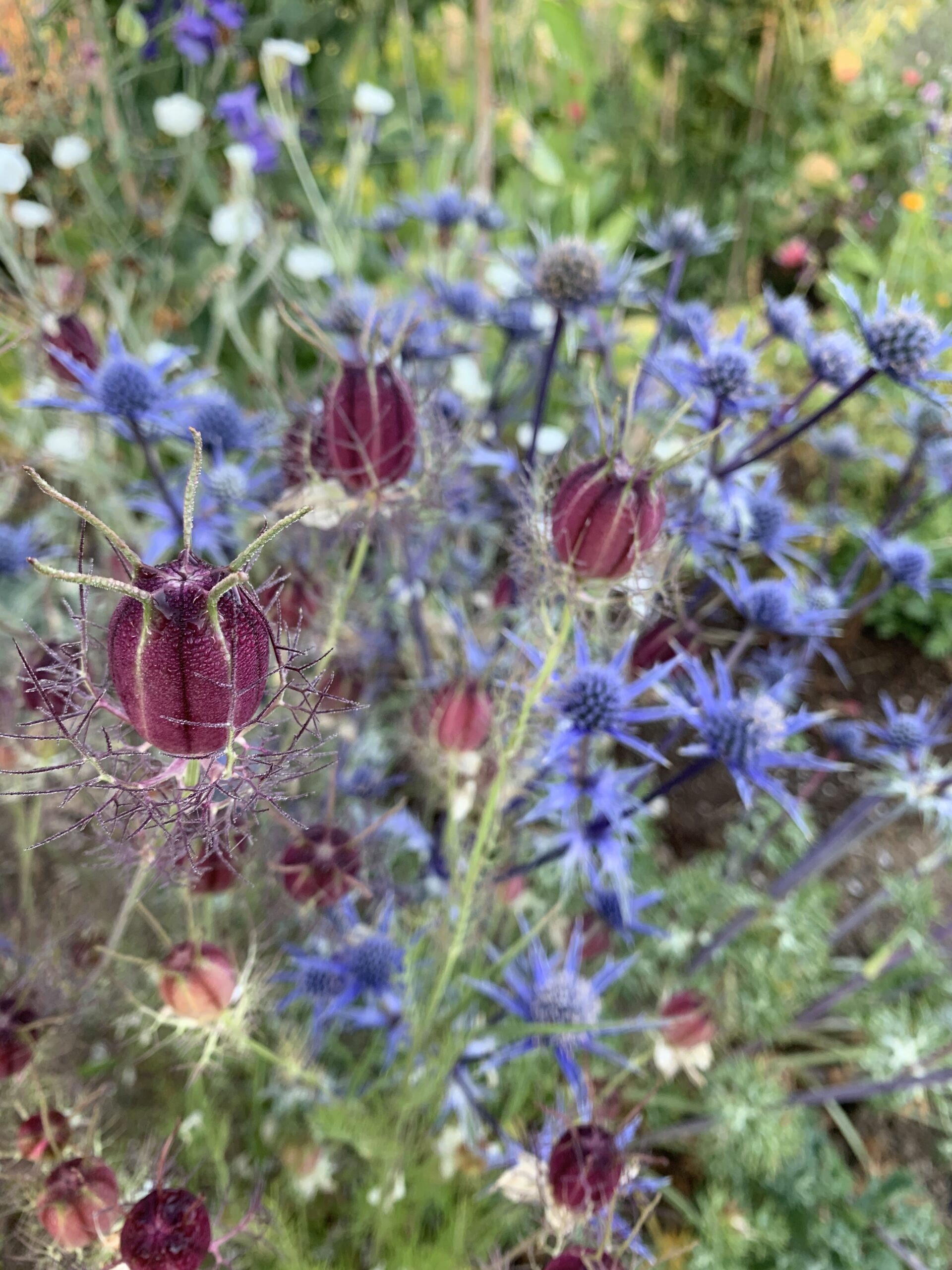
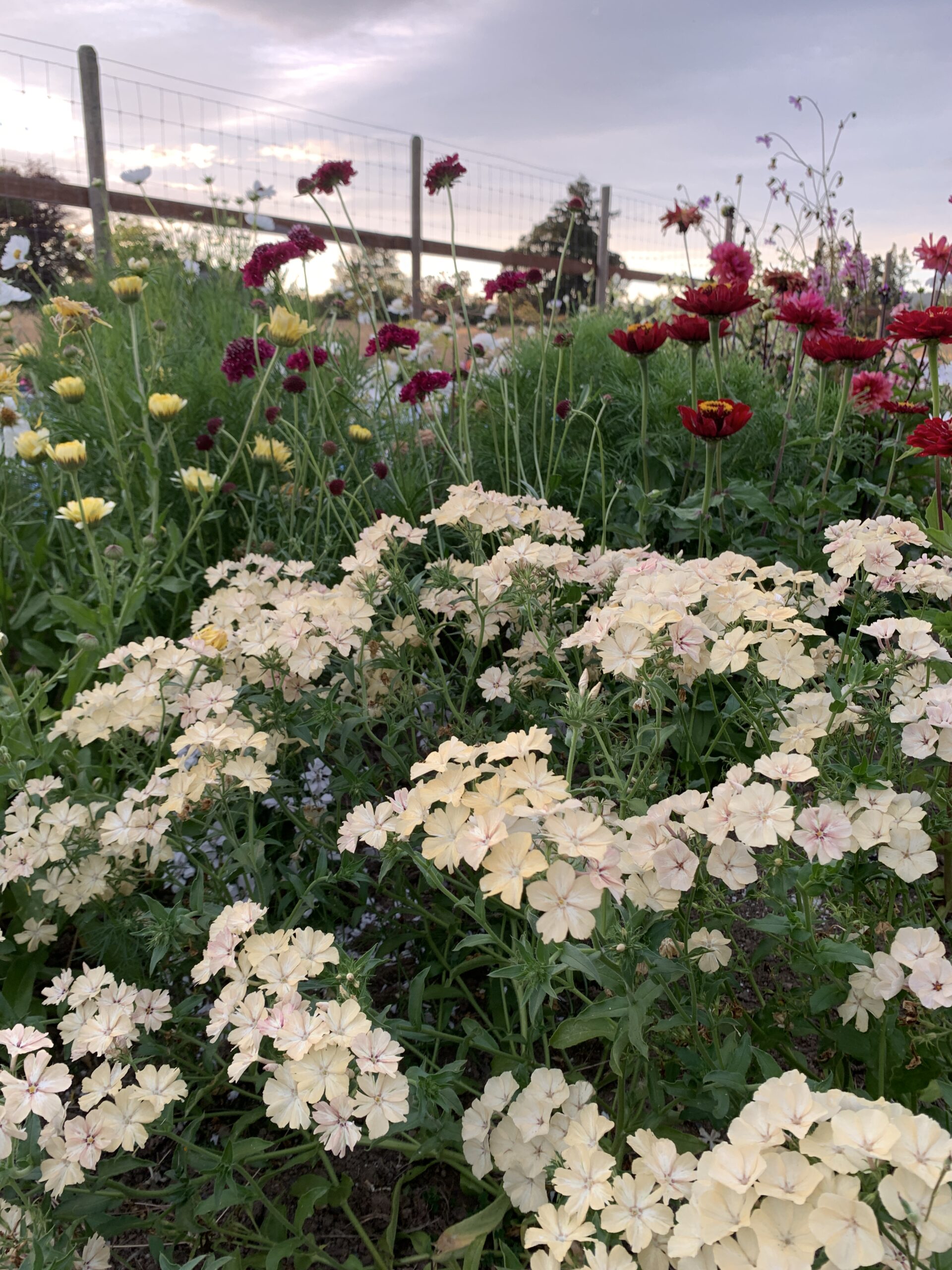
A huge thank you to Amy for taking the time to put this together for us! Stellata embodies everything we love about modern hort (do yourself a favour and follow them on instagram). Stellata can be found in Saanichton in beautiful BC, Canada (our home province). And don't forget to watch their web page for speaking engagements featuring Amy.
We've been so lucky to meet so many great entrepreneurs and creative producers through social media and it's amazing gardening community. If you want to join in and share your business and passion for plant life please get in touch with us at Virens Studio or on instagram at, virensstudio we would love to feature you too.
And if you live in the Vancouver, Canada area and want to create some plant magic with us please contact us, we'd love to hear from you.
Sara-Jane & Alicia
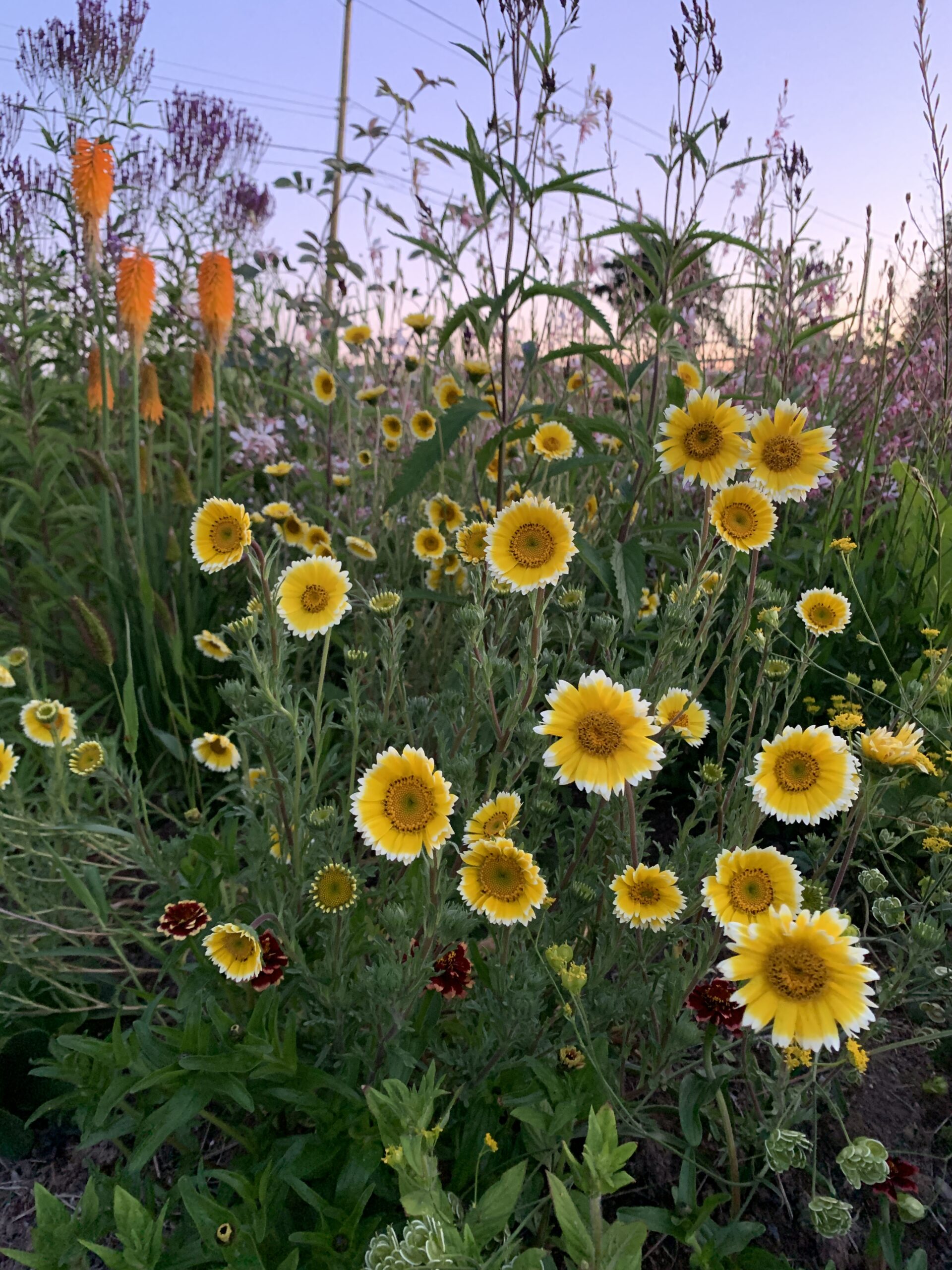
© Virens Studio 2023 (all photos are used for demonstration purposes and do not necessarily belong to us.)
Working with plants has so many innately therapeutic benefits that a lot of other careers lack. But, one thing that I’ve learned over the last few years is that no one, and no profession is immune to Workplace PTSD. Now, I know what you may be thinking, “PTSD seems extreme”, Or perhaps, “this stuff sounds…
I got Sucker Punched by Workplace PTSD, How About You?
I may not be a certified cartophile, but I do use maps often in my practice as a landscape designer. Where and how water flows through the land can be difficult to comprehend without one. Plus, they’re not only fascinating and informative, but at times quite beautiful. Particularly impressive are the maps of the Mississippi…
Maps: Beautiful Tools at the Root of Water-Friendly Landscape Design
Ok, I’ll be honest with you. For years I (a one-time municipal hort tech) took a really long time to buy good tools. I was used to making due with what I was given. Adapting the way that worked to fit with the tools that I had readily available. Often finding inventive ways to ‘make…
